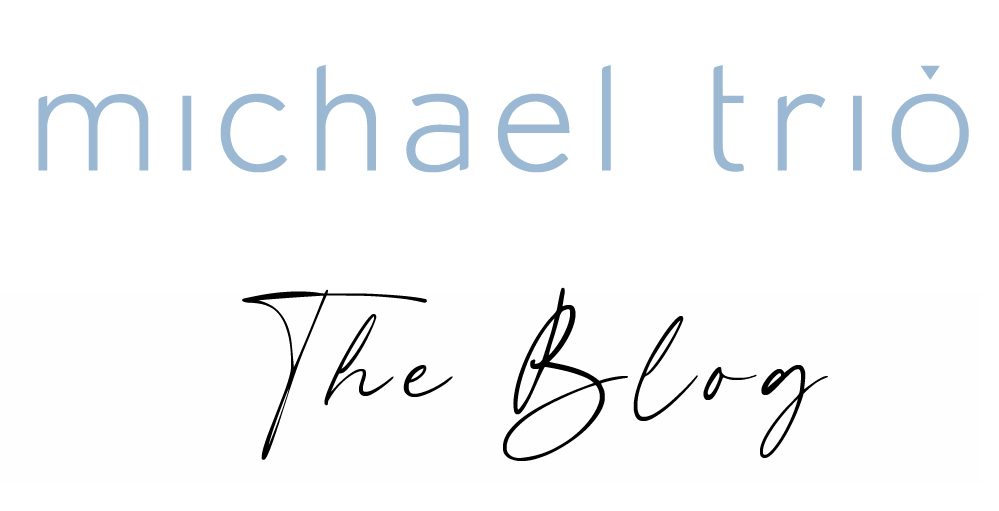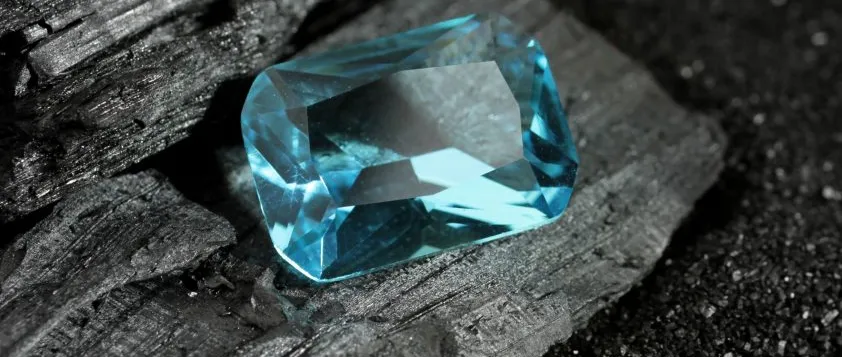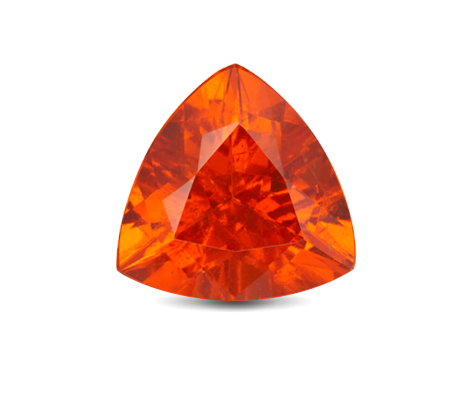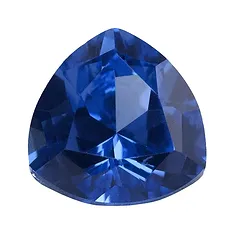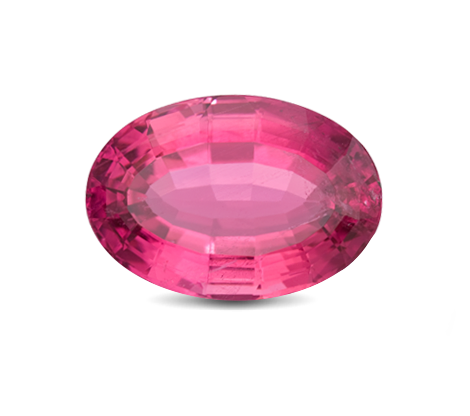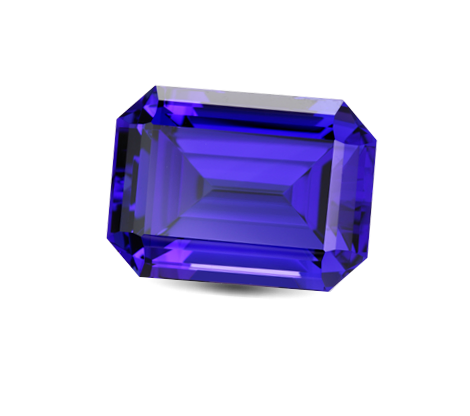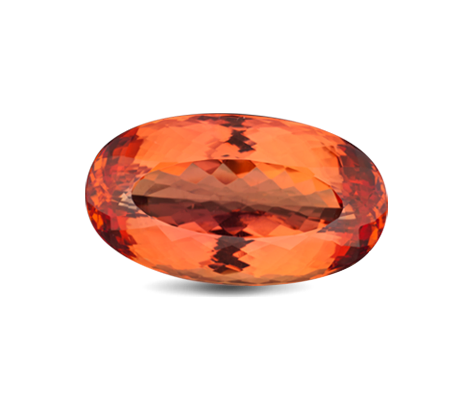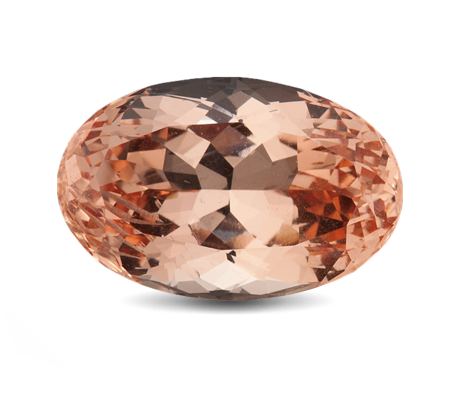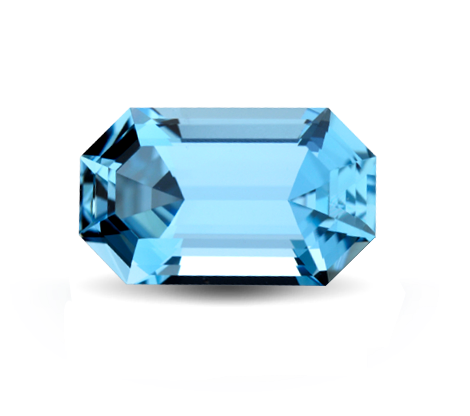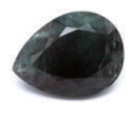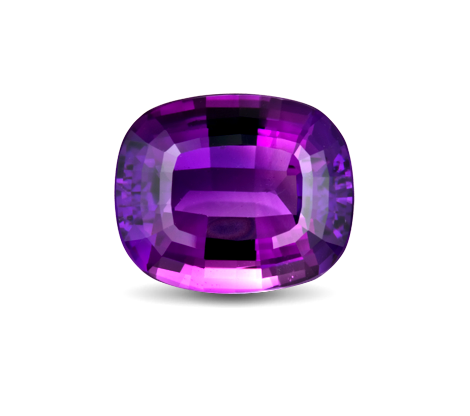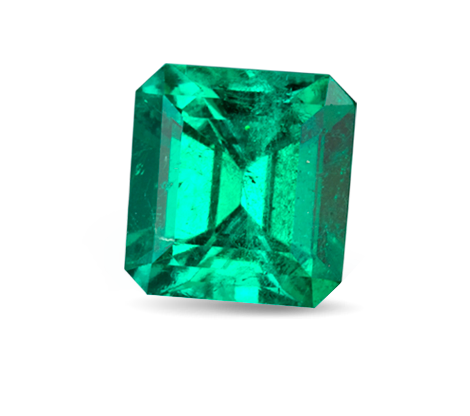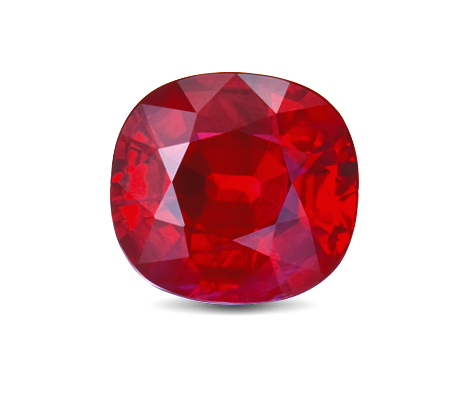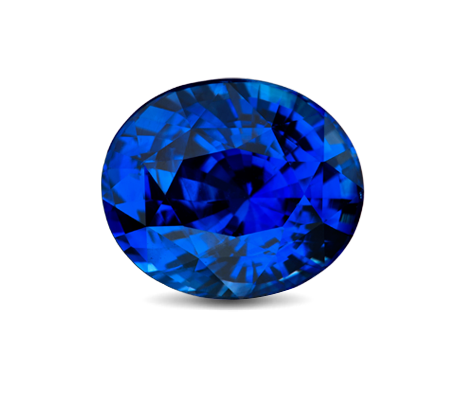Overview
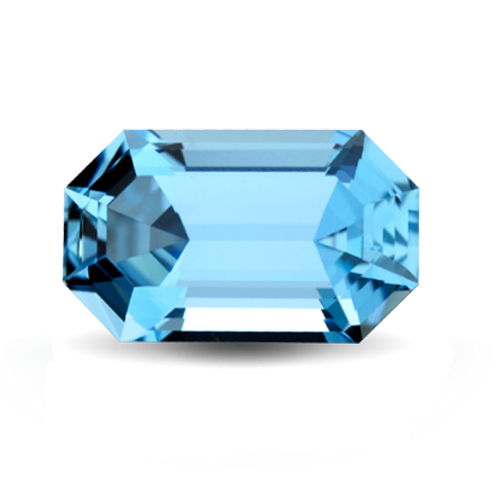
About Aquamarine
Deriving its name from the Latin word for seawater and Aquamarine was said to calm waves and keep sailors safe at sea. Thats why it is called the sailor’s gem. It usually comes in a light pastel greenish blue colour. It is thought to enhance the happiness of marriages. In ancient times, it is believed to make the wearer unconquerable, amiable, and quicken their intellect.
Aquamarine Properties
Mineral: Beryl
Chemistry: Beryllium Aluminum Silicate (Be3Al2Si6O18)
Refractive Index: 1.577 – 1.583
Birefringence: 0.005 to 0.009
Specific Gravity: 2.72
Mohs Hardness:7.5 to 8.0
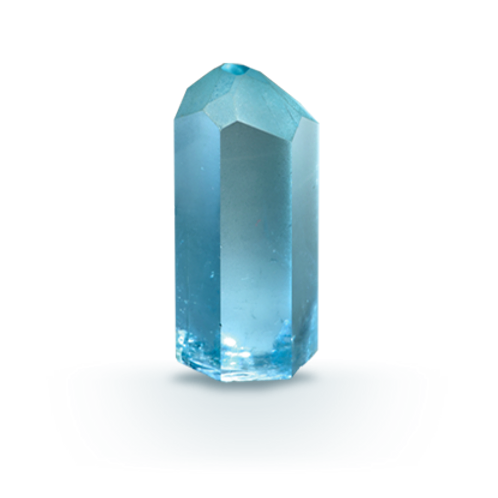
Main Colour
Blue
Other Colours
Greenish Blue
Dark Blue
Common Shapes




Birthstone Month
March
Treatments / Enhancements
Heat Treatment is usually used to improve colour and clarity
Origins
Afghanistan, Madagascar, Brazil, Nigeria, Pakistan, Tanzania, Zambia
Colour
Colour is the most significant factor affecting the value of an aquamarine.
Colour preferences do change in time and from culture to culture. Nevertheless, the most sought after colour is pure blue with a medium to medium dark tone. Sometimes there can be a secondary greenish hue. Aquamarines that have a dark blue to slightly greenish blue with moderate intensity are considered to be the most valuable colour. The more intense the blue colour, the more valuable the gemstone. most aquamarines come in a light greenish blue hue.
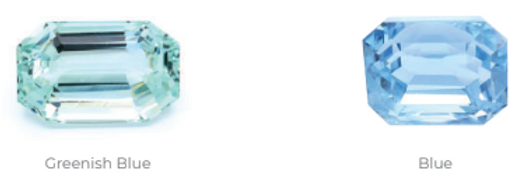
Aquamarine with 2 different undertones
Colour Grades of Aquamarine
Aquamarines not only have different colour/undertone shades, they also come shades of blue with varying intensity as well. Below is some of the Aquamarines with different shade intensity.
Intense
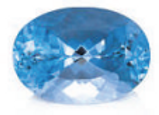
Medium Intense
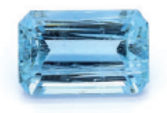
Light
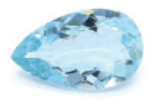
Very Light
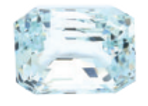
Colour Intensity and Size
In order to show intense dark colour, fashioned Aquamarines usually have to be quite large, ie. over 5 carats. Small gems are usually not saturated enough to be attractive however, stones mined from the African mines are known to show intense colours despite being under 5 carats. This results in smaller top colour quality stones might sell at the higher price per carat compared to larger stones of the same colour.
Aquamarine has some different trade names for certain colour. Here are some of the colours:
Brazilian Aquamarine:
The word “Brazilian” here refers to the blue-green colour of this aquamarine, and not the place of origin (even though it can be).
Madagascar Aquamarine:
This aquamarine has a medium-blue tone. it doesn’t necessarily have to be sourced in Madagascar to be named this.
Santa Maria Aquamarine:
Sourced from the Santa Maria mines in Brazil, it is known for its deeply saturated blue colour.
Maxixe:
Pronounced “mah-she-she,” this is a less common variety with a brilliant but unstable blue colour. When exposed to daylight, the blue fades into a yellowish-brown over a period of time.
Clarity
Clarity of a gem is judged based off the gem’s opacity and how much inclusions does the gem contain. The assessment of clarity is often done thru eye clean and it follow the same grading as with diamonds. Inclusions within the gem affects the value of the gem. The more visible the inclusions are to the visible eye, the lower the value of the gem.

Aquamarines with 3 different opacity
Aquamarine is a type 1 gemstone, meaning most stones have “eye-clean” level of clarity with minimal inclusions. Value of the aquamarine depends on how visible the inclusions are. Obvious inclusions, or inclusions that reduce transparency or brightness, lower an aquamarine’s value drastically.
Aquamarines can come with special types of inclusions such as Chatoyancy (Cat’s Eye Effect), where the inclusions appear in a way that makes the gem resemble a cats eye.
Clarity Grades of Aquamarines
Clarity in transparent aquamarines is assessed by naked eye only and at distance of about 40cm. Emeralds are classified as type 3 stones. This means that they will almost always have inclusions that are visible to the naked eye. Traders and consumers understand this and therefore it is accepted.
Chatoyancy / Cat’s Eye Effect
Chatoyancy/ Cat’s Eye Effect is an optical effect caused by light reflecting off dense concentrations of parallel needles or hollow tubes in cabochon-cut gem materials. In order to maximize the effect, the base of the cabochon should be cut in such a way that it is parallel to the inclusions in order to produce an even effect across the dome.
Parallel inclusions are not distributed throughout the stone and are only in zones or narrow bands in certain cases. Thus the cutter must orient in a way that produce a cat’s eye.
This inclusion makes the gem more exquisite special. It increases the gem’s value much like star sapphire and star rubies.
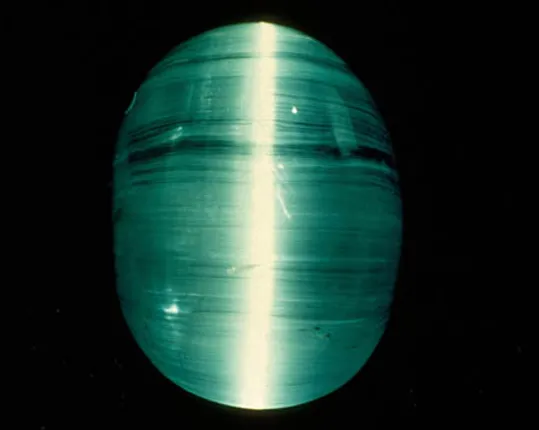
Cut
Aquamarines can be cut in almost any gem shape but it is most commonly fashioned into emerald cuts, oval cuts and round brilliant cuts. Because aquamarine roughs are large enough and plentiful, thus well cut stones are very common. This gem is very popular because of its hardness and transparency. It is very commonly used for ornaments and fantasy cuts.
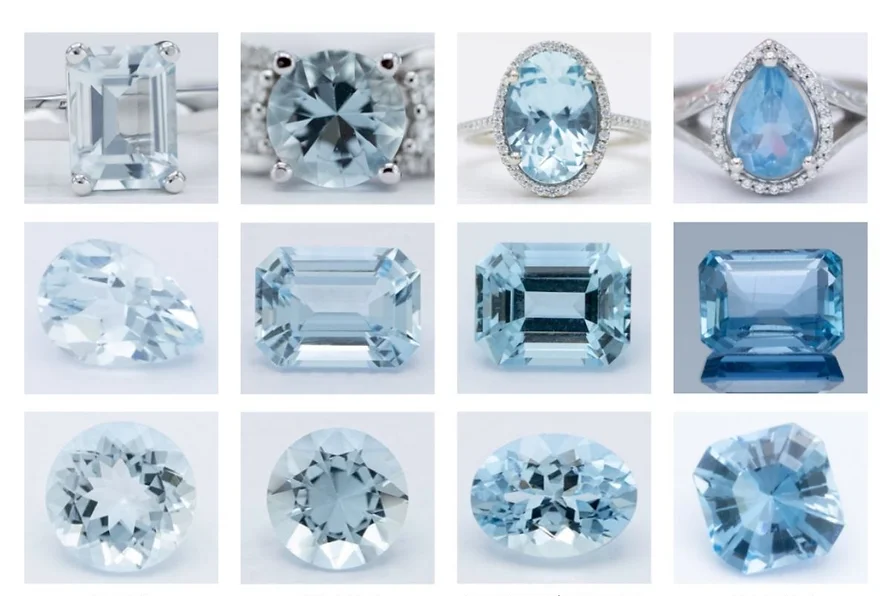
Pleochorism
Aquamarine displays pleochroism. It refers to having different colours when viewed in different directions. The most common pleochroism that aquamarine have is near colourless and strong blue. The pleochroic colour corresponds with the cutting orientation that retains the most weight. Therefore the table facet is align parallel to the crystal’s length.
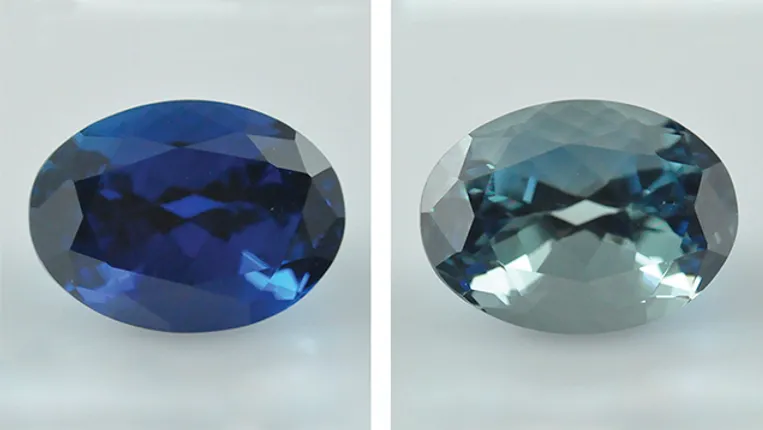
Carat
Gemstones such as Aquamarine are denser than diamonds, therefore the carat weight for a gemstones differs from that of a diamond. Size of gemstones, are measured by carat as well as their diameter in millimeters. However, Aquamarines are more valued for their colour, cut and clarity.
Aquamarines exist in various sizes, from very large to very small, with some even up to 45 kilograms. Even though large stones are readily available, there is not much demand for it because it is hard to use them in jewellery. Therefore, prices decrease for sizes larger than 25 carats. The largest aquamarine discovered was discovered in Minas Gerais, Brazil, weighing in at around 110 kilograms and measuring 19 inch long and 15 inch in diameter.
